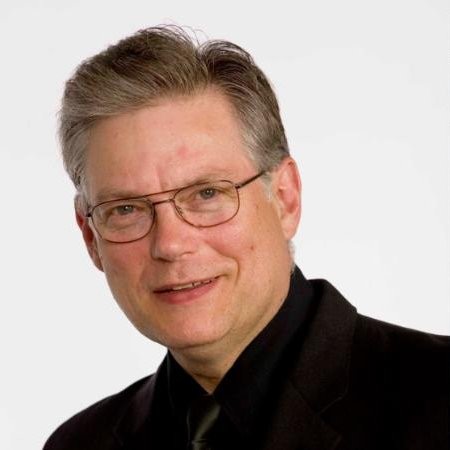Double Loop Learning in Dental Practice Part 3: Understanding Our Patients
By Paul A. Henny, DDS
As presented in Part 1 and 2 of this series, integrating double-loop learning into dental practice, as proposed by dentist Bob Barkley, psychologist Carl Rogers, and organizational psychologist Chris Argyris, offers a pathway to more effective and compassionate patient care.
Too often we dentists jump to the conclusion that our patients see clinical signs, symptoms, and patterns the same way we do, and therefore understand why we recommend various forms of treatment. Often times, we need to slow down, verify the accuracy of that assumption, and facilitate a more effective learning process so our patients (and even our team members) can understand their situation as we do.
Before We Can Effectively Lead Our Patients, It’s Important to Understand Them on the Beliefs and Behavioral Levels.
We all enter new situations with a set of subconscious cognitive biases intended to make decision-making faster and easier. These biases evolved for the purpose of faster, safer and more effective decisions. In life we must be able to make split-second decisions when confronted by potential threats related to safety, management of limited resources, position within various social hierarchies, and so forth.
Understanding our cognitive biases is extremely helpful in understanding how our patients perceive and respond to our practice culture, shared information and our recommendations. Our cognitive biases influence how we interpret their cognitive biases, and their cognitive biases tend to drive decision-making. This is particularly true early in new relationships when a patient’s perception of safety is key to their willingness to collaborate on the successful resolution of complex problems.
There are many different types of cognitive bias. For the purpose of this essay, we will focus on three of the most relevant types of bias applicable to the practice of dentistry:
Confirmation Bias
Patients inherently seek out information that supports their existing beliefs about dental care —its purpose, the process, and its value to them personally as they currently understand it, while they simultaneously dismiss evidence that contradicts those beliefs. This type of bias often leads toward a skewed and significantly underdeveloped understanding of their dental health status, trends, and the value of various treatment options.
Confirmation bias is buttressed by the opinions of friends, family, other social influencers, cultural myths, opinions found on the internet, marketing strategies deployed by other practices, minimally understood personal experiences, inaccurately recalled personal experiences, and so forth. As a result, if we fail to create a safe feeling of non-judgmental relationship with each person, they will often choose not to share additional information about their beliefs and therefore concerns about working together. Consequently, when we attempt to move forward with what we believe is appropriate care, the patient will decline, delay, or even disappear for reasons we can’t understand.
There are two more biases (Anchoring Bias and Availability Bias) I will continue to explain in Part 4 and 5 of this series.
Related Course
Compromise to Co-Discovery: A Treatment Planning Journey
DATE: October 21 2025 @ 8:00 am - October 23 2025 @ 1:00 pmLocation: Online
CE HOURS: 21
Regular Tuition: $ 2995
Single Occupancy with Ensuite Private Bath (per night): $ 345
The Balance of Communication, Case Planning & Occlusion Dr. Melkers always brings a unique perspective to his workshops and challenges us to the way we think. At Compromise to Co-Discovery,…
Learn More>

















